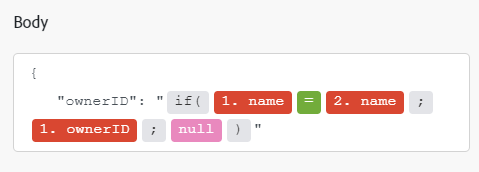Adobe Firefly modules
In an Adobe Workfront Fusion scenario, you can automate workflows that use Adobe Firefly, as well as connect it to multiple third-party applications and services.
If you need instructions on creating a scenario, see Create a scenario.
For information about modules, see Modules in Adobe Workfront Fusion.
Access requirements
You must have the following access to use the functionality in this article:
For more detail about the information in this table, see Access requirements in Workfront documentation.
For information on Adobe Workfront Fusion licenses, see Adobe Workfront Fusion licenses.
Prerequisites
Before you can use the Adobe Firefly connector, you must ensure that the following prerequisites are met:
- You must have an active Adobe Firefly account.
Create a connection to Adobe Firefly
To create a connection for your Adobe Firefly modules:
-
Click Add next to the Connection box.
-
Fill in the following fields:
table 0-row-2 1-row-2 2-row-2 3-row-2 4-row-2 layout-auto html-authored no-header Connection name Enter a name for this connection. Environment Select whether you are connecting to a production or non-production environment. Type Select whether you are connecting to a service account or a personal account. Client ID Enter your Adobe Client ID. This can be found in the Credentials details section of the Adobe Developer Console Client Secret Enter your Adobe Client Secret. This can be found in the Credentials details section of the Adobe Developer Console -
Click Continue to save the connection and return to the module.
Adobe Firefly modules and their fields
When you configure Adobe Firefly modules, Workfront Fusion displays the fields listed below. Along with these, additional Adobe Firefly fields might display, depending on factors such as your access level in the app or service. A bolded title in a module indicates a required field.
If you see the map button above a field or function, you can use it to set variables and functions for that field. For more information, see Map information from one module to another in Adobe Workfront Fusion.

Make a custom API call
This action module makes a custom call to the Firefly API.
For specific available APIs, see Adobe Firefly API in the Adobe Developer documentation.
Expand an image
This action module expands an image, optionally with content from a prompt you provide.
Fill an image
This action module fills the masked area of an image, optionally with content from a prompt you provide.
Generate an image
This action module generates and image based on a prompt you provide. You can also provide an optional reference image, and the generated image will match the style of the reference image.
